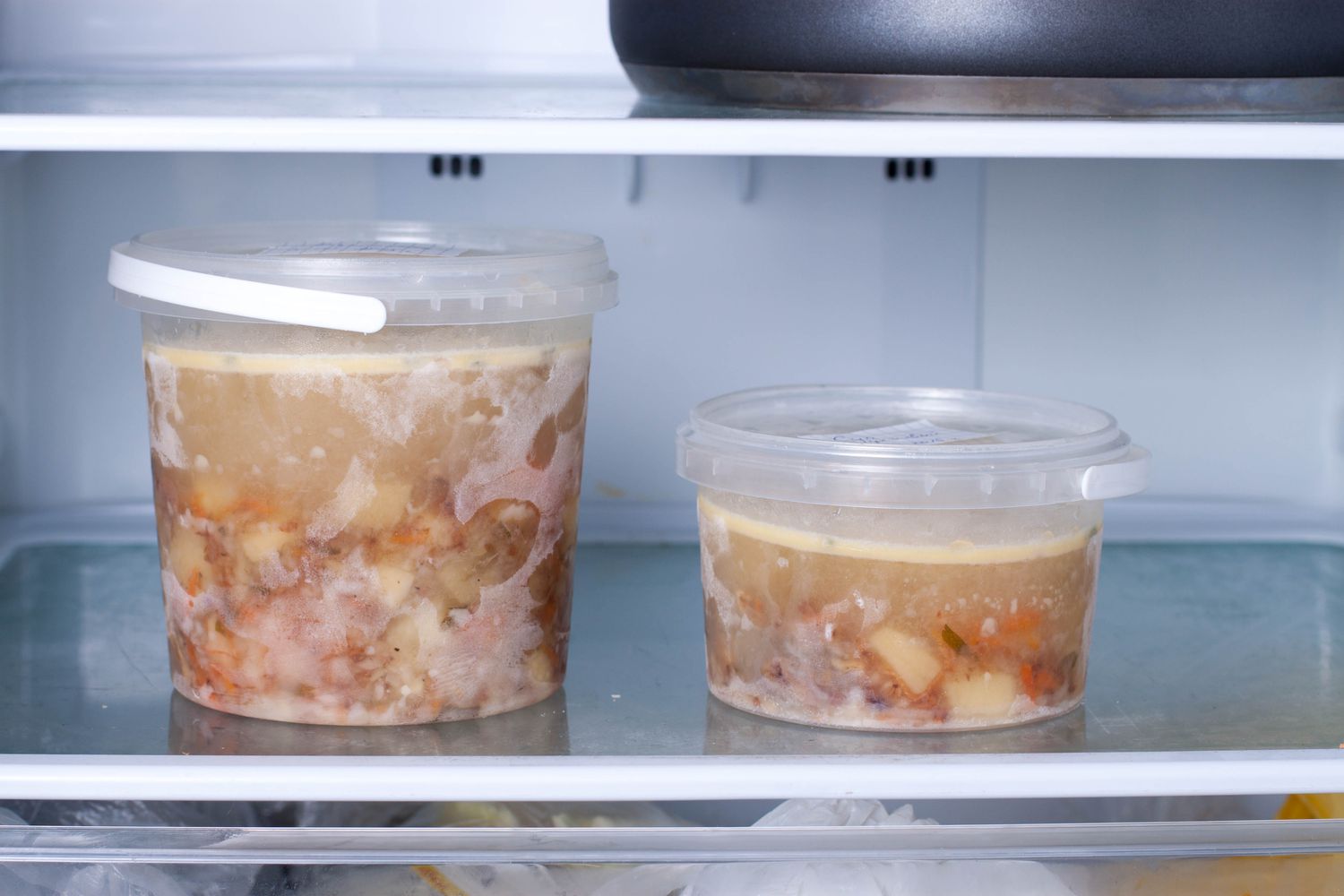

Articles
How Long Is Soup Good In The Freezer
Modified: October 20, 2024
Discover how long articles can stay in the freezer and remain safe to eat. Find out the best practices for storing soup for maximum freshness.
(Many of the links in this article redirect to a specific reviewed product. Your purchase of these products through affiliate links helps to generate commission for Storables.com, at no extra cost. Learn more)
Introduction
Freezing soup is a convenient way to preserve its freshness and extend its shelf life. Whether you’re preparing a batch of homemade soup or storing leftovers from a delicious meal, freezing is an excellent method to keep the flavors and nutrients intact. However, it’s important to know how long soup can remain good in the freezer to ensure optimal taste and quality.
The shelf life of frozen soup can vary depending on several factors, including the type of soup, its ingredients, and the storage conditions. Understanding these factors can help you make informed decisions about freezing and consuming soup.
In this article, we will explore various factors that affect the shelf life of frozen soup, recommended storage times for different types of soups, signs of spoilage to watch out for, tips for freezing and storing soup, and best practices for thawing and reheating. By following these guidelines, you can enjoy delicious and safe soup anytime you desire.
Key Takeaways:
- Proper storage, handling, and temperature control are crucial for preserving the quality and safety of frozen soup. Understanding factors affecting shelf life and recommended storage times ensures delicious, safe soup anytime.
- Thawing and reheating soup correctly is essential for enjoying it at its best. Following best practices for thawing and reheating ensures safe consumption and maintains the taste and quality of the soup.
Read more: How Long Is Beef Good For In Freezer
Factors affecting the shelf life of frozen soup
Several factors play a role in determining the shelf life of frozen soup. Understanding these factors can help you make informed decisions about how long you can safely store your soup in the freezer.
1. Ingredients: The ingredients used in the soup can significantly impact its shelf life. Soups made with fresh, high-quality ingredients tend to have a longer freezer life compared to those made with low-quality or spoiled ingredients. It’s important to use fresh vegetables, lean meats, and seasonal herbs and spices to ensure the best flavor and longevity of your frozen soup.
2. Storage Container: The type of container you use to store the soup in the freezer can affect its shelf life. Opt for airtight containers or freezer-safe bags to prevent moisture and air from entering and causing freezer burn or flavor loss. Make sure to label the containers with the date of freezing to keep track of their storage time.
3. Freezer Temperature: The temperature of your freezer is crucial in maintaining the quality and safety of your frozen soup. Set your freezer temperature to 0°F (-18°C) or lower to ensure optimal preservation. Fluctuations in temperature can lead to the growth of harmful bacteria and affect the taste and texture of the soup.
4. Packaging: Proper packaging plays a vital role in preserving the quality of frozen soup. Ensure that your soup is properly cooled before packaging it for freezing. Divide large batches of soup into smaller portions to facilitate faster freezing and easier thawing. Use packaging materials that are specifically designed for freezer storage to maintain the integrity of the soup.
5. Handling: How you handle the soup before, during, and after freezing can impact its shelf life. Avoid leaving the soup at room temperature for an extended period before freezing, as this can promote the growth of bacteria. Once frozen, handle the soup with care to prevent any damage to the packaging or container. When thawing and reheating the soup, follow proper food safety guidelines to avoid contamination.
By considering these factors and following proper storage practices, you can maximize the shelf life of your frozen soup and enjoy delicious flavors whenever you desire.
Recommended storage time for different types of soups
The recommended storage time for different types of soups can vary depending on their ingredients, preparation methods, and overall stability. While frozen soup can generally remain safe to eat indefinitely, it is best to consume it within a certain timeframe to ensure optimal flavor and quality. Here are some guidelines for recommended storage times for different types of soups:
1. Vegetable-based soups: Vegetable soups like tomato, butternut squash, or minestrone can typically be stored in the freezer for up to 3-4 months. These soups tend to have a shorter freezer life due to the presence of vegetables, which can become mushy or lose their texture over time.
2. Meat-based soups: Soups containing meat, such as chicken noodle, beef stew, or chili, can be stored for a longer period in the freezer. It is generally recommended to consume these soups within 4-6 months. Be sure to cook the meat thoroughly before adding it to the soup and cool it completely before freezing to maintain its quality.
3. Seafood soups: Soups that include seafood, like clam chowder or seafood bisque, should ideally be consumed within 3 months of freezing. Seafood can be delicate and prone to deterioration, so it’s important to follow proper storage practices and consume them within a reasonable time frame.
4. Cream-based soups: Creamy soups, such as broccoli and cheese or potato soup, have a shorter freezer life compared to other types of soups. It is recommended to consume cream-based soups within 2-3 months of freezing to retain their creamy texture and flavor.
5. Broths and stocks: Broths and stocks, which serve as the base for many soups, can last for a longer period in the freezer. They can be stored for up to 6-8 months, as they generally have a higher stability due to the absence of solid ingredients.
It’s important to note that these are general guidelines, and the recommended storage times can vary based on the specific recipe and ingredients used. It’s always a good idea to label your frozen soup containers with the date of freezing and practice the “first in, first out” method to ensure you consume the oldest soup first.
By following these recommendations, you can enjoy the flavors and nourishment of your frozen soups while maintaining their quality and safety.
Signs of spoilage in frozen soup
While frozen soup can have an extended shelf life compared to fresh soup, it is still important to be aware of the signs of spoilage. Consuming spoiled soup can lead to foodborne illnesses and unpleasant taste experiences. Here are some common signs to watch out for to determine if your frozen soup has gone bad:
1. Off smell: Take a sniff of the soup after thawing it. If you detect any unpleasant or foul odors, it is a strong indication that the soup has spoiled. The smell can be sour, musty, or rancid. Trust your sense of smell, as it is often a reliable indicator of spoilage.
2. Unusual texture: Another sign of spoilage is a change in the texture of the soup. If the soup appears slimy, has a gritty or grainy texture, or has ice crystals on the surface, it may have undergone freezer burn or thawed and refrozen multiple times. These changes can affect the quality and taste of the soup.
3. Color changes: Pay attention to any unusual color changes in the soup. If the soup appears significantly darker or lighter than when it was frozen, it may be a sign of spoilage. Discoloration can indicate the presence of bacteria or other microorganisms that have caused the soup to deteriorate.
4. Mold growth: If you notice any patches of mold on the surface of the soup, it is a clear indication of spoilage. Mold can thrive in moist environments, so it’s important to discard any soup that shows signs of mold growth, as it can contain harmful toxins.
5. Taste test: If you observe any of the aforementioned signs of spoilage, it is best to err on the side of caution and avoid tasting the soup. Consuming spoiled soup can lead to food poisoning and other health risks. It’s better to discard the soup and prepare a fresh batch.
It’s important to remember that frozen soup is not invincible to spoilage. Proper storage, handling, and timely consumption are crucial in preserving the quality and safety of the soup. If you are unsure whether your soup has spoiled or not, it is always advisable to discard it to avoid any potential risks to your health.
By being vigilant and mindful of these signs, you can ensure that the soup you consume is fresh, flavorful, and safe to eat.
When storing soup in the freezer, it is best to consume it within 2-3 months for optimal quality. After this time, the soup may start to lose its flavor and texture. Be sure to label the containers with the date to keep track of how long it has been frozen.
Tips for freezing and storing soup
Proper freezing and storage techniques can help maintain the quality, flavor, and safety of your soup. Here are some helpful tips to ensure the best results when freezing and storing soup:
1. Cool the soup: Before freezing, allow the soup to cool completely at room temperature. This will help prevent condensation and ice crystals from forming during the freezing process.
2. Choose the right container: Select freezer-safe containers or resealable bags to store your soup. Ensure that the containers are airtight to prevent freezer burn and maintain freshness. Consider using individual portions for easy thawing and serving convenience.
3. Label and date: Remember to label each container or bag with the type of soup and the date it was frozen. This will help you keep track of its storage time and ensure that you consume older soup first.
4. Portion control: Divide larger batches of soup into smaller portions before freezing. This will facilitate faster freezing and allow you to thaw only the amount you need, reducing waste.
5. Leave headspace: Whether using containers or bags, leave some headspace to allow for expansion as the soup freezes. This will help prevent containers from breaking and bags from bursting.
6. Remove excess air: When using resealable bags, squeeze out as much air as possible before sealing to minimize the risk of freezer burn. Alternatively, consider using a vacuum sealer for airtight packaging.
7. Stack and organize: Once the soup is frozen, stack the containers or bags neatly in the freezer to maximize space. Organize them in a way that makes it easy to locate and retrieve specific soups when needed.
8. Maintain freezer temperature: Ensure that your freezer temperature is set to 0°F (-18°C) or lower. Consistently maintaining the proper temperature will help preserve the quality and safety of the soup.
9. Practice FIFO: FIFO (First In, First Out) is a storage principle that ensures you use the oldest soup first. When adding new batches of soup to the freezer, place them behind older ones. This helps prevent soups from being forgotten and ensures you consume them within their recommended storage times.
10. Avoid freezer door exposure: The temperature near the freezer door can fluctuate more than the rest of the freezer. To protect your soup from temperature fluctuations, store it in the back of the freezer where it is more stable.
By following these tips, you can maintain the quality and freshness of your frozen soup for an extended period. Proper storage practices will allow you to enjoy satisfying and delicious soup whenever you desire.
Read more: How Long Are Ribs Good In The Freezer
Best practices for thawing and reheating frozen soup
Thawing and reheating frozen soup properly is essential to ensure that it is safe to eat and retains its flavor and texture. Here are some best practices to follow when thawing and reheating frozen soup:
1. Thaw in the refrigerator: The safest method to thaw frozen soup is to transfer it from the freezer to the refrigerator. Allow the soup to thaw slowly in the refrigerator overnight or for a few hours. This gradual thawing process ensures even thawing and reduces the risk of bacterial growth.
2. Use the microwave for quick thawing: If you need to thaw soup quickly, you can use the microwave. Transfer the frozen soup to a microwave-safe container and defrost it using the microwave’s defrost setting or low power setting. Be sure to stir the soup frequently to promote even thawing.
3. Avoid thawing at room temperature: Thawing soup at room temperature can lead to the growth of harmful bacteria. It’s best to avoid this method to ensure food safety.
4. Once thawed, consume promptly: Once the soup is fully thawed, it’s important to consume it promptly. Do not refreeze soup that has been thawed as it can compromise its quality and safety.
5. Reheat on the stovetop: To reheat the thawed soup, place it in a saucepan or pot on the stovetop over medium heat. Stir frequently to prevent the soup from sticking to the bottom of the pan and to ensure even heating.
6. Reheat in the microwave: If reheating in the microwave, transfer the soup to a microwave-safe container and heat it at medium-high power in short intervals. Stir after each interval to distribute the heat evenly and avoid hot spots.
7. Ensure soup reaches a safe temperature: It’s crucial to heat the soup until it reaches a safe internal temperature of 165°F (74°C) to kill any potential bacteria and ensure it is safe to consume.
8. Stir and check for even heating: After reheating the soup, stir it well to distribute the heat and check for any cool spots. Continue heating if needed until the entire soup is uniformly heated.
9. Serve and enjoy: Once the soup is heated thoroughly, remove it from the heat source and serve it immediately. Garnish with fresh herbs, croutons, or a sprinkle of grated cheese for added flavor and texture.
10. Store leftovers safely: If there are any leftovers from reheated soup, allow them to cool to room temperature before transferring them to airtight containers and storing them in the refrigerator. Consume within 2-3 days to ensure freshness and food safety.
By following these best practices for thawing and reheating frozen soup, you can enjoy a delicious and safe meal. Proper handling and reheating techniques will help preserve the quality and ensure that the soup is flavorful and enjoyable.
Conclusion
Freezing soup is an excellent way to extend its shelf life and enjoy it at a later time. By understanding the factors that affect the shelf life of frozen soup, recommended storage times for different types of soups, signs of spoilage, and best practices for freezing, storing, thawing, and reheating, you can ensure that your frozen soup remains delicious, safe, and full of flavor.
Proper handling, storage, and temperature control are crucial in preserving the quality and safety of frozen soup. From choosing the right containers to labeling and organizing, following these tips will help maintain the integrity of the soup during its time in the freezer.
Remember to regularly check for signs of spoilage such as off smells, unusual textures, color changes, mold growth, and to always use your best judgment when consuming frozen soup. Safety should always be the utmost priority.
Thawing and reheating soup correctly are key to enjoying it at its best. Whether thawing in the refrigerator or using the microwave for quicker thawing, always ensure that soup reaches a safe temperature during reheating. This will help eliminate any potential bacteria and maintain both the taste and quality of the soup.
By following these guidelines, you can confidently freeze, store, thaw, and reheat your soup, making it a convenient and tasty option for any meal. So, don’t hesitate to prepare a big batch of your favorite soup, freeze the leftovers, and enjoy delicious homemade flavors whenever you desire, all while keeping food safety in mind.
Stay creative, experiment with different soup recipes, and enjoy the convenience of frozen soup without compromising on taste or quality!
Frequently Asked Questions about How Long Is Soup Good In The Freezer
Was this page helpful?
At Storables.com, we guarantee accurate and reliable information. Our content, validated by Expert Board Contributors, is crafted following stringent Editorial Policies. We're committed to providing you with well-researched, expert-backed insights for all your informational needs.
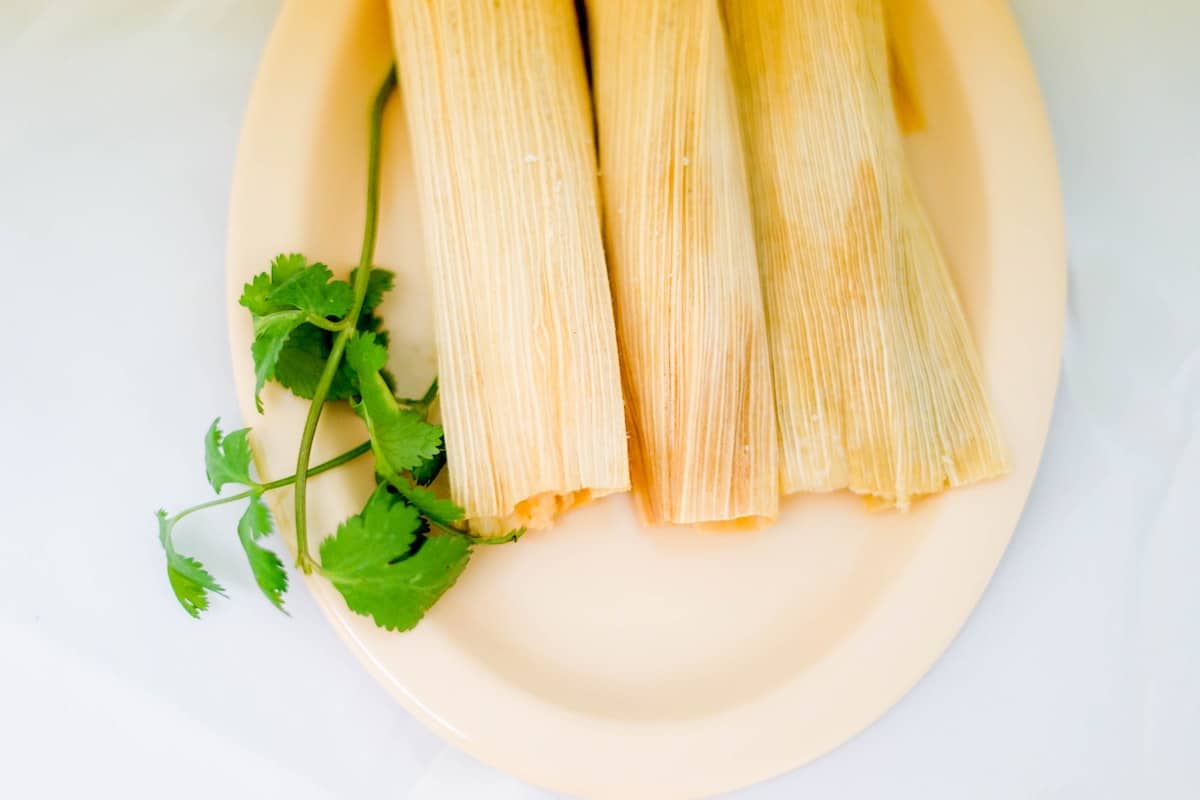
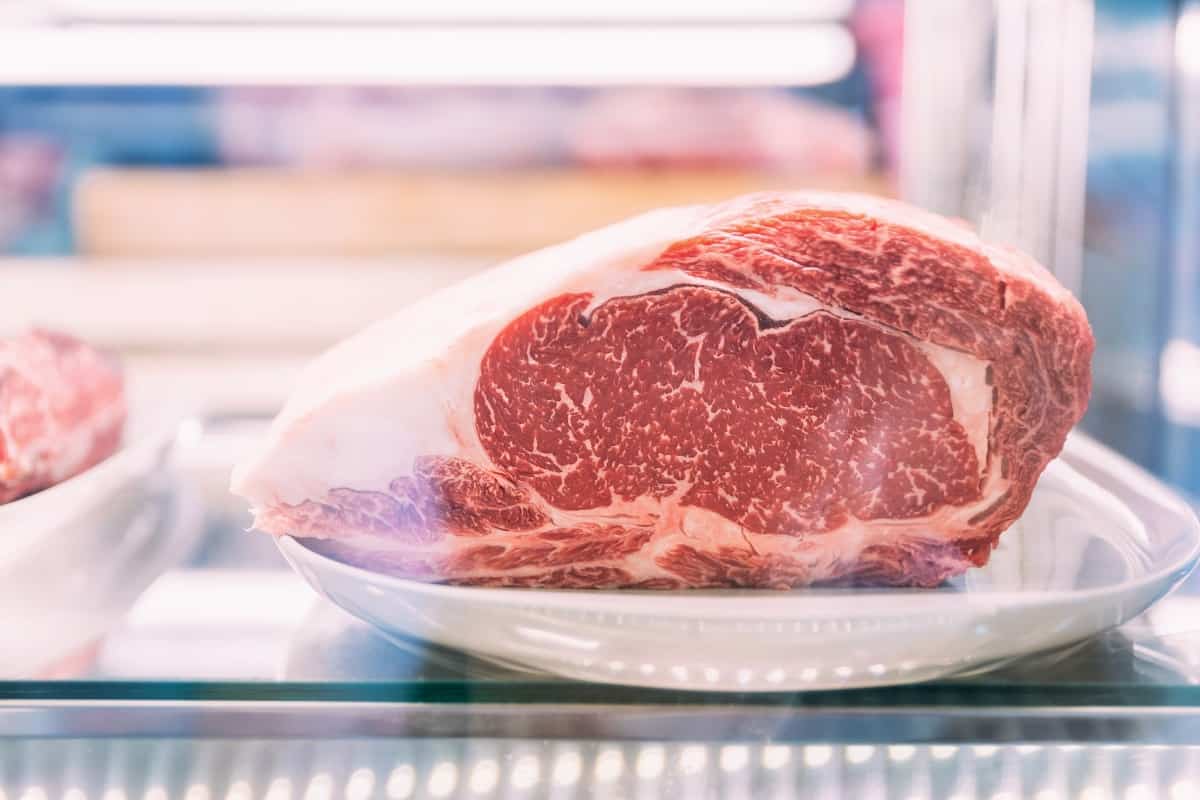



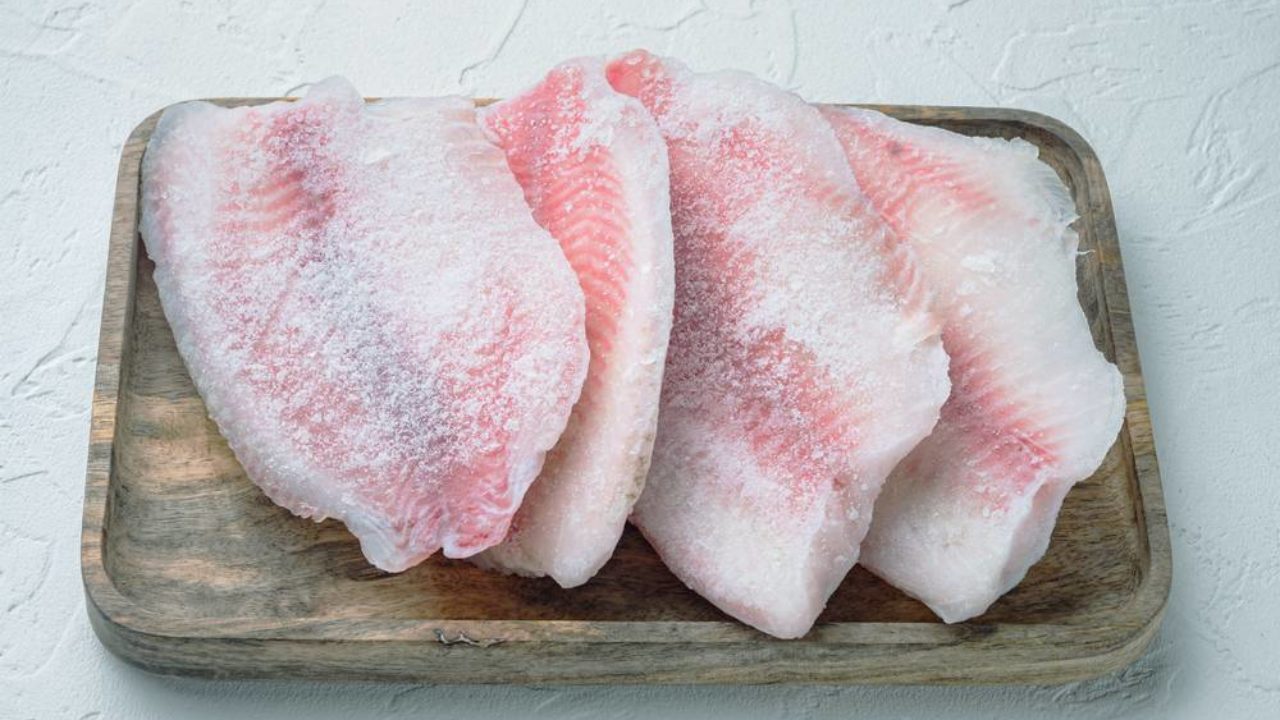

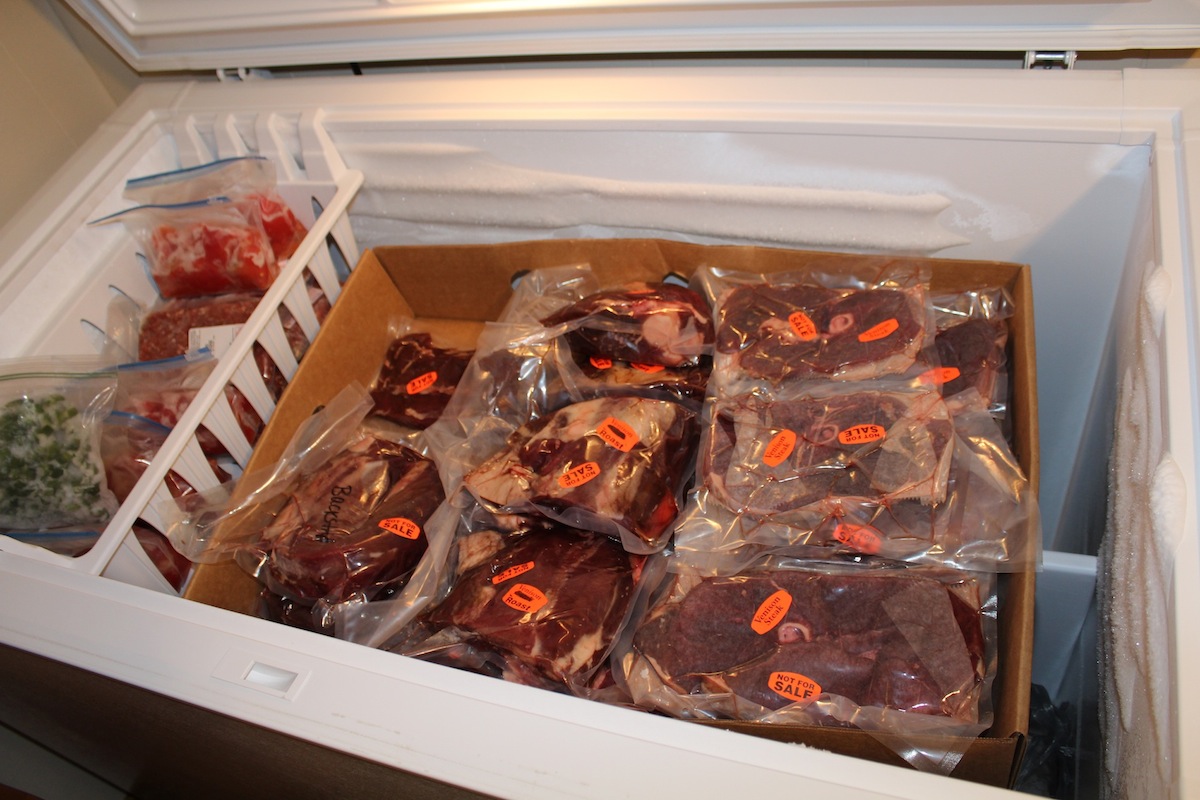
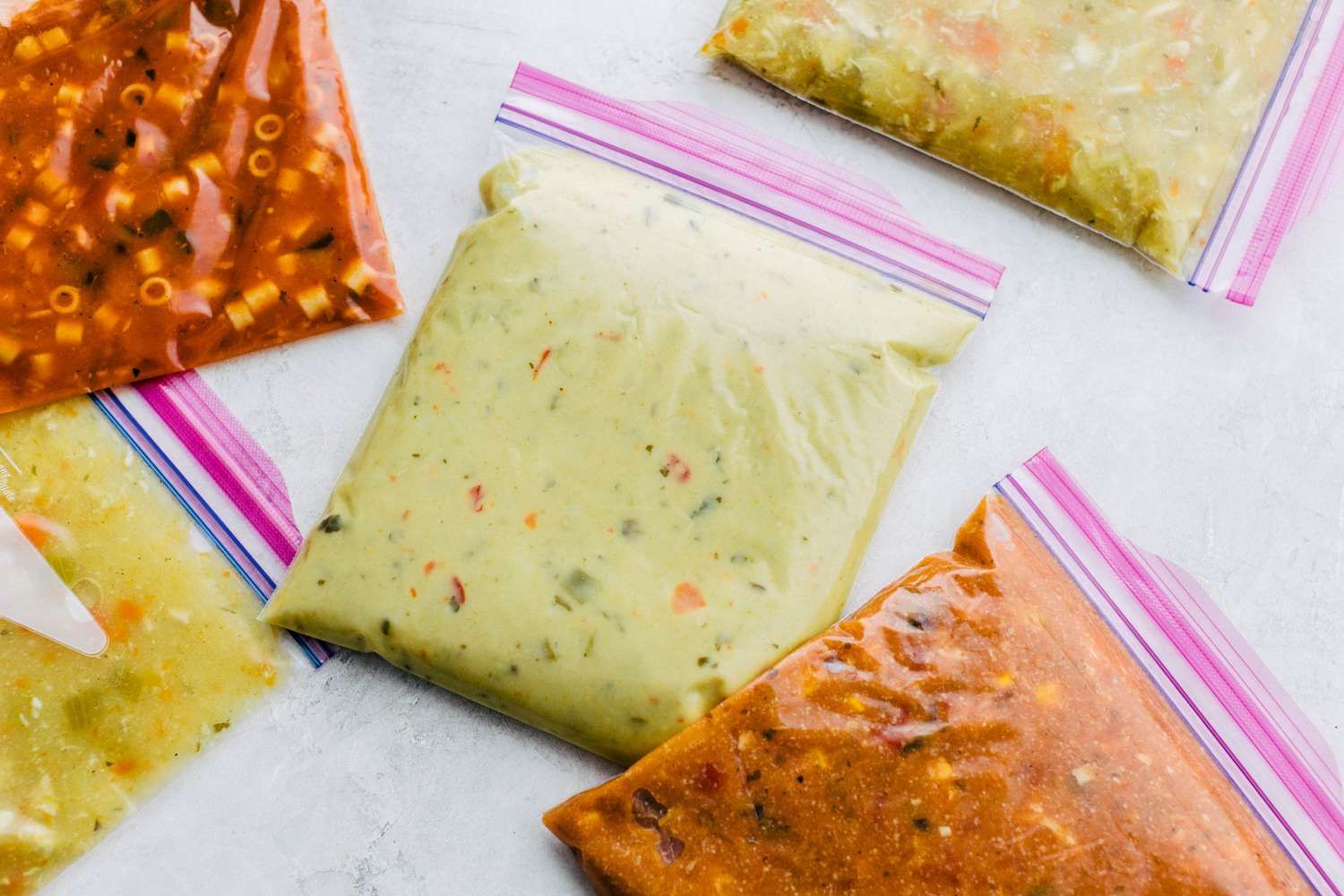
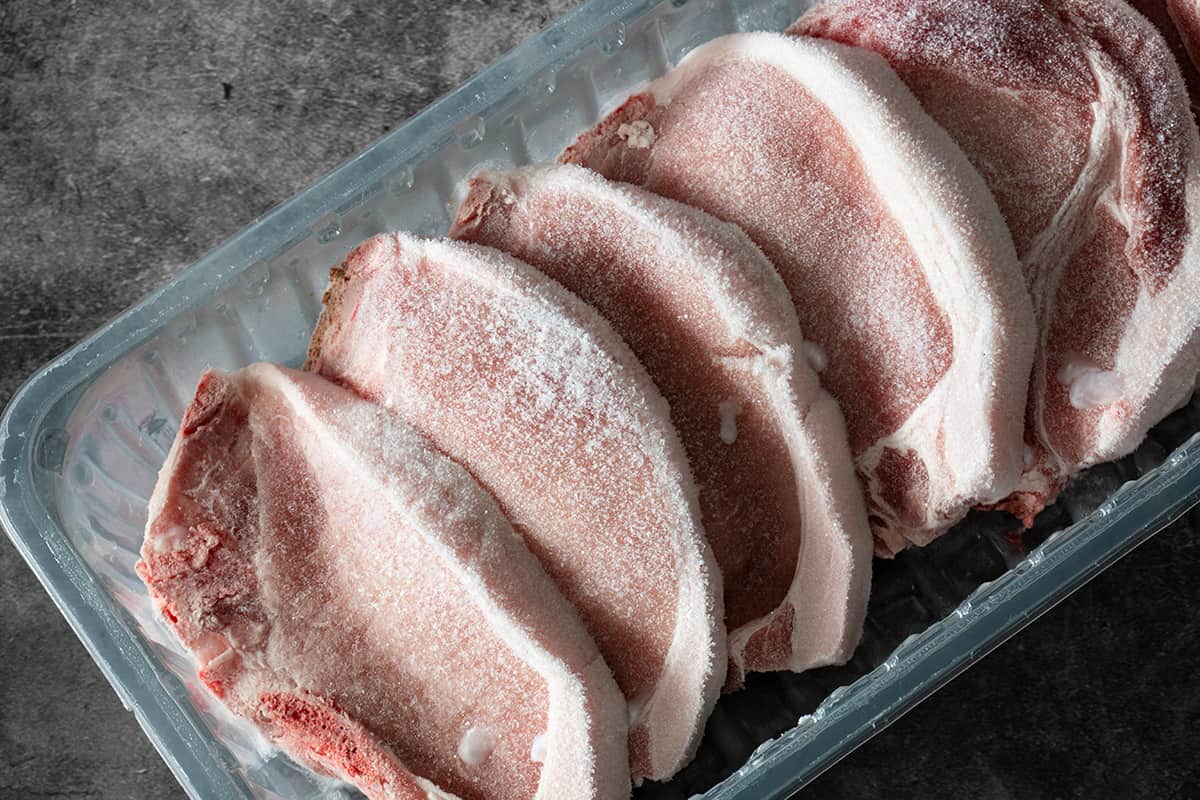
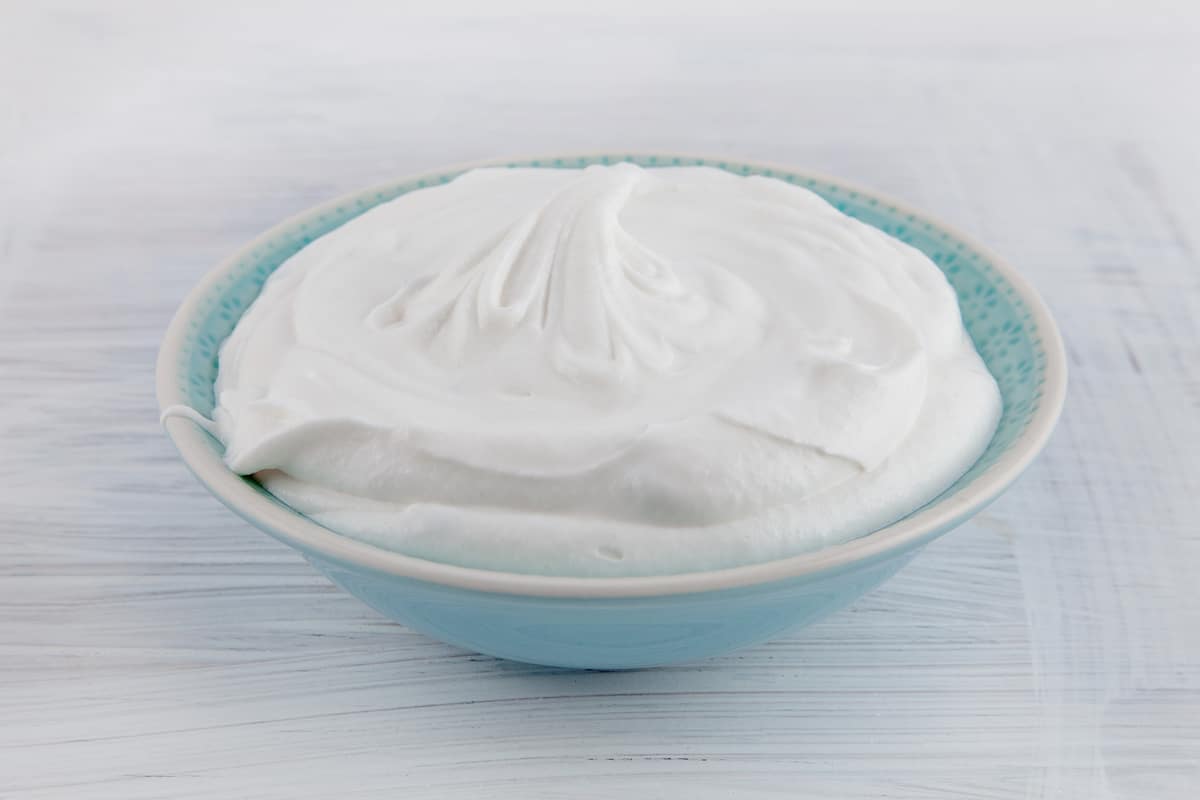
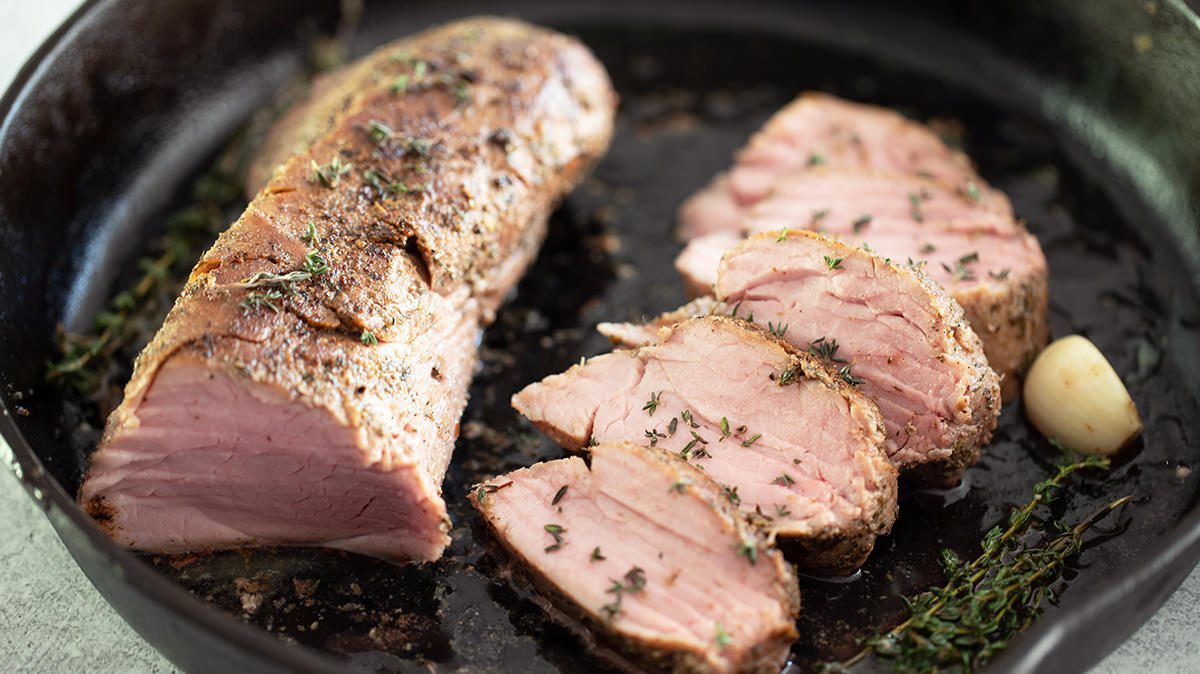



0 thoughts on “How Long Is Soup Good In The Freezer”